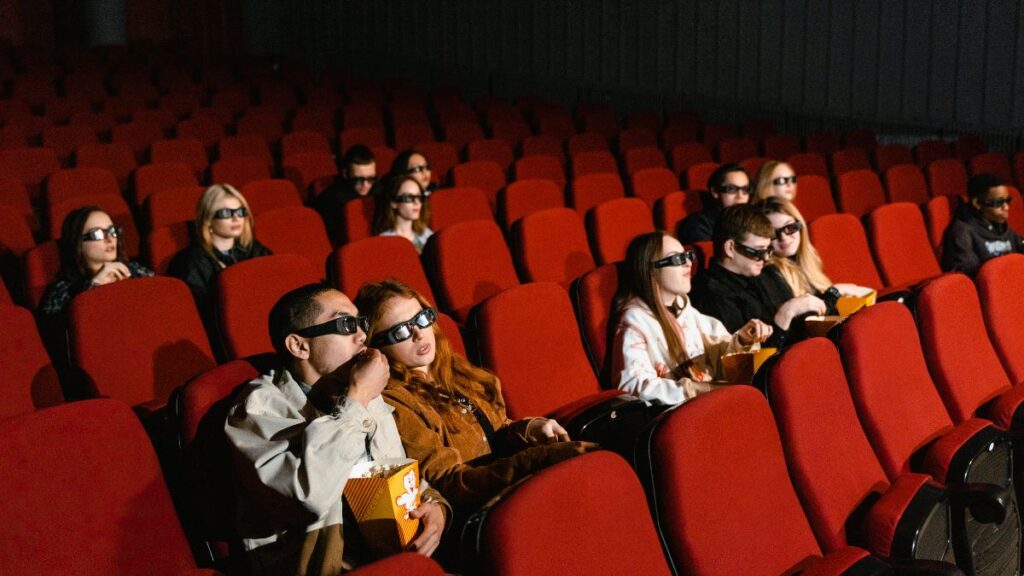In the 1950s, a magical transformation unfolded in the realm of cinema, marking an era that would forever change the way we experience movies. This was the advent of 3D movies, a groundbreaking innovation that brought a new dimension to the silver screen and left audiences utterly awestruck.
Imagine the scene: it’s the early 1950s, a period characterized by sock hops, rock ‘n’ roll, and the post-war boom. Cinemas, already a popular escape, were about to offer something that had never been seen before. The introduction of 3D movies was not just a technological advancement; it was a cultural phenomenon that transcended the conventional movie-going experience.
The era’s first foray into this revolutionary technology came with the release of “Bwana Devil” in 1952, a film that promised something audiences couldn’t resist: “A lion in your lap! A lover in your arms!” This tagline wasn’t mere hyperbole; it encapsulated the essence of the 3D experience. For the first time, viewers didn’t just watch a story unfold; they felt as though they were part of it.
The technology behind this marvel was simple yet ingenious. Two images, shot from slightly different perspectives, were projected simultaneously. When viewed through special glasses with differently colored lenses, these images merged into one, creating an illusion of depth that leaped off the screen. This method, known as anaglyph 3D, was the key that unlocked a new world of cinematic possibilities.
As the lights dimmed in theaters, audiences donned their paper glasses with a sense of anticipation. Then, as the film rolled, something extraordinary happened. The screen seemed to extend into the room, blurring the line between the audience’s space and the movie’s world. When a train chugged towards the camera in “Bwana Devil,” people gasped and ducked; when a character reached out, it felt as if they could touch the viewer’s face. The effect was mesmerizing, leaving the audience in a state of spellbound wonder.
The 1950s saw a flurry of 3D films, each pushing the boundaries of this new medium. “House of Wax,” released in 1953, not only showcased 3D but also boasted stereophonic sound, heightening the sensory immersion. It wasn’t just action and horror films that embraced this technology; even Alfred Hitchcock experimented with 3D in his classic “Dial M for Murder.”
However, the golden age of 3D in the 1950s was as fleeting as it was fascinating. The dual-projector system was cumbersome and expensive, and the novelty began to wear off. By the end of the decade, 3D movies had largely receded into the background, a spectacular but short-lived trend.
Yet, the impact of this era on cinema is undeniable. It was a time of audacious experimentation, of pushing the envelope of what movies could be. The legacy of 3D films from the 1950s lives on, not just in the resurgence of the technology in modern cinema but in the reminder that movies have the power to transport us, to make us part of a world beyond our imagination.
In retrospect, the advent of 3D movies in the 1950s was more than a technological breakthrough; it was a moment of wonder, a brief but brilliant period when the movies reached out and touched us, literally and figuratively. It was a time when cinema wasn’t just seen but felt, an era that movie lovers look back on with a sense of nostalgia and awe.
